Buying a robot lawnmower? 5 things to consider before you get one
What to know before buying a robot lawnmower
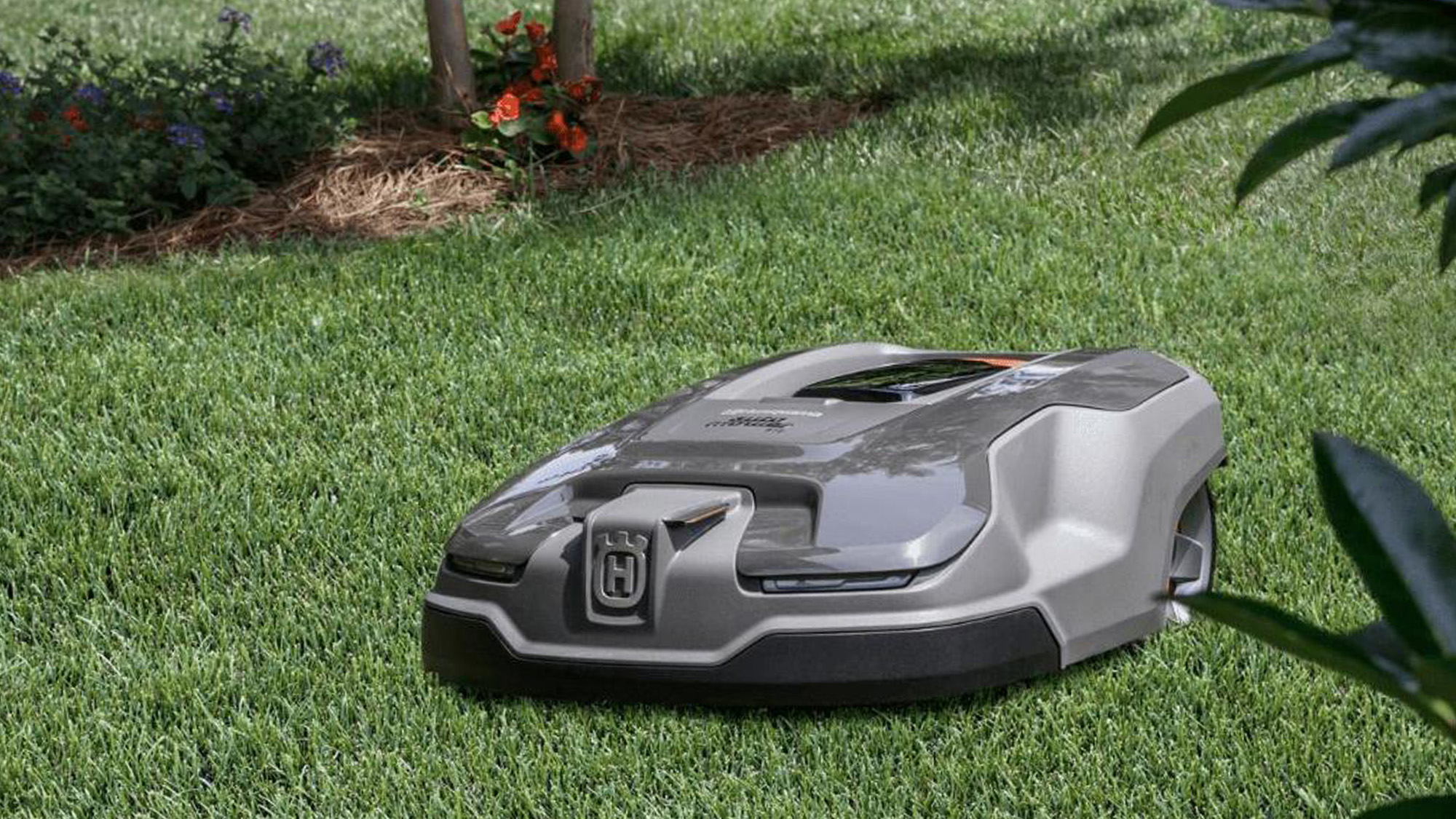
The best robot lawnmowers automatically trim your yard to ensure that you constantly have a lush, sharp lawn. That means you don't have to spend time firing up your traditional mower on the weekend. Simply mark your lawn's boundaries, set a schedule, and this bot is off to the races.
This convenience and efficiency comes at a cost—robot lawnmowers are much pricier than your standard push or ride-on options. Read on to see the five factors are the most important before making a sizable investment.
Lawn type
Take stock of your yard's overall size and terrain before even looking at robot lawn mowers. That's because you can save big bucks going with a smaller unit for narrow, flatter lawns.
Larger spaces and yards with steeper inclines require more powerful models that can make it up hills and have the battery life to cover your whole lot. For example, we found that the Husqvarna Automower 435X AWD was able to get up and down a hilly yard, but the Husqvarna Automower 415X got stuck more often, and ended up digging holes trying to extract itself.
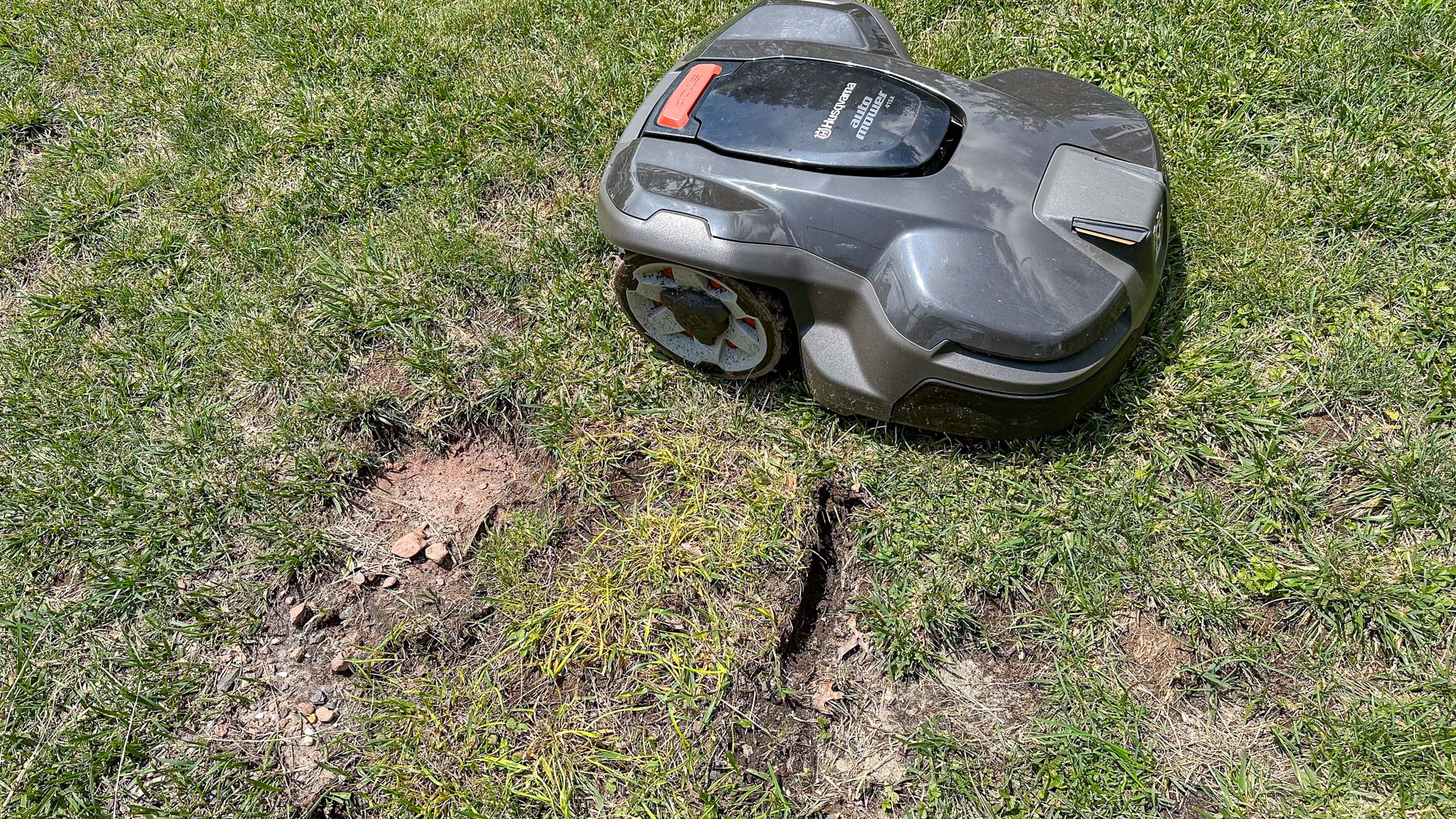
Cutting performance
Robot lawnmowers focus on two cut dimensions; height and width. Look for a model with several adjustable cutting heights if you find yourself a bit OCD about the length of the grass. That extra inch can mean the difference between a smooth putting-green-like surface or a more traditional growth. You may also want to vary the length you cut your grass during the summer, depending on the weather conditions.
Cutting width determines how quickly the mower can trim your lawn. You want a wider width to cover more space, which greatly reduces mowing times in large open areas.
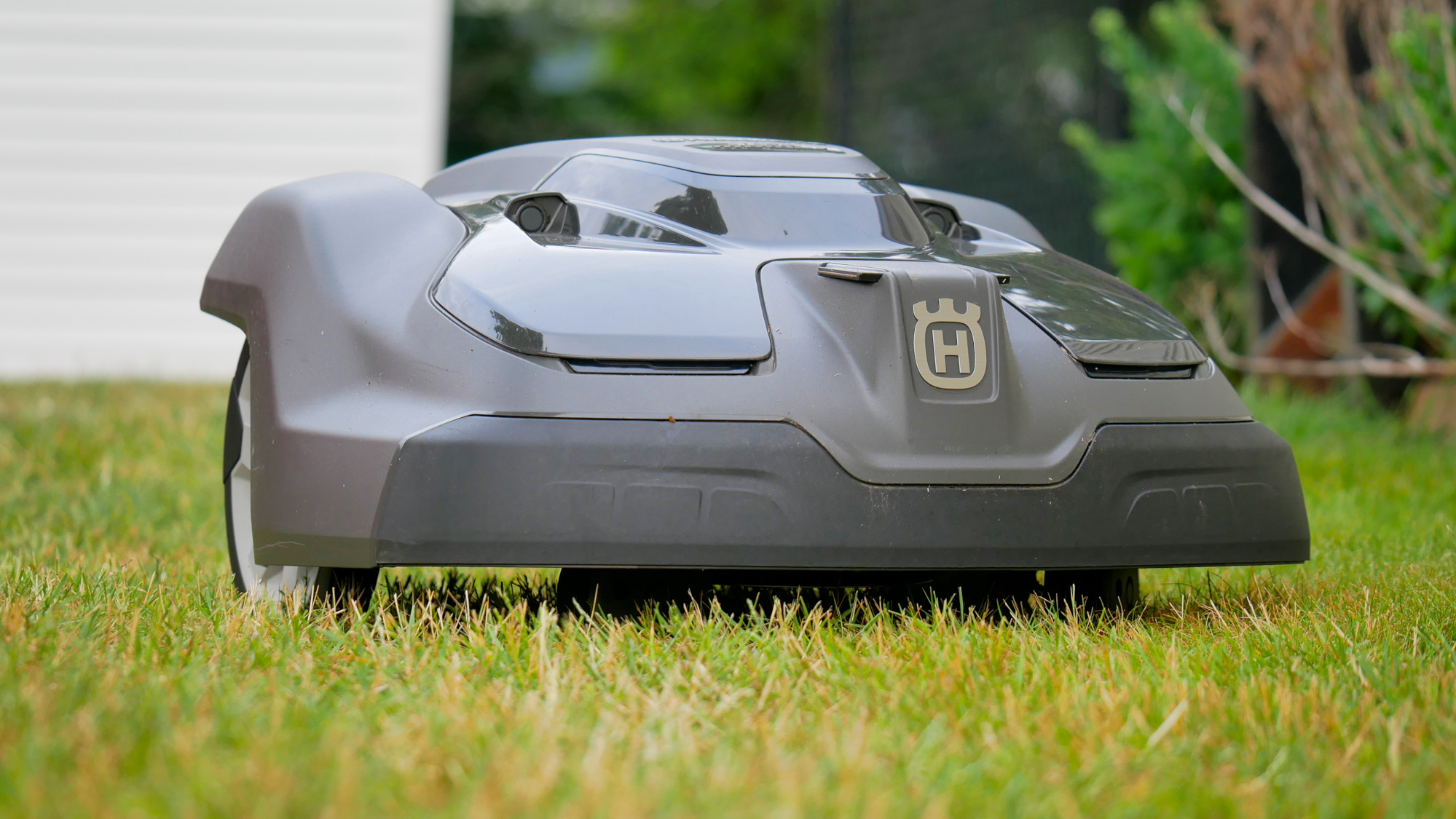
Smart features and boundary setting
Smart home connectivity and app controls are essential areas to familiarize yourself with if you want to automate your lawn mower to the fullest. You'll want to be able to schedule mowing sessions, monitor progress, and receive notifications at the bare minimum. If your robot supports the creation of custom zones, you can even send it out to maintain specific parts of your yard using either Alexa or Google Assistant smart assistant voice commands.
Sign up to get the BEST of Tom's Guide direct to your inbox.
Get instant access to breaking news, the hottest reviews, great deals and helpful tips.
Speaking of zones, you'll want to see how your potential mower navigates the yard. Many models still rely on boundary wires to set the mowing area. These prevent your mower from wandering into off-limit areas like children's play areas or flower beds. More premium models, such as the Husqvarna Automower 450XH EPOS, can scan your yard to detect obstacles and map it out without any physical markers needed.
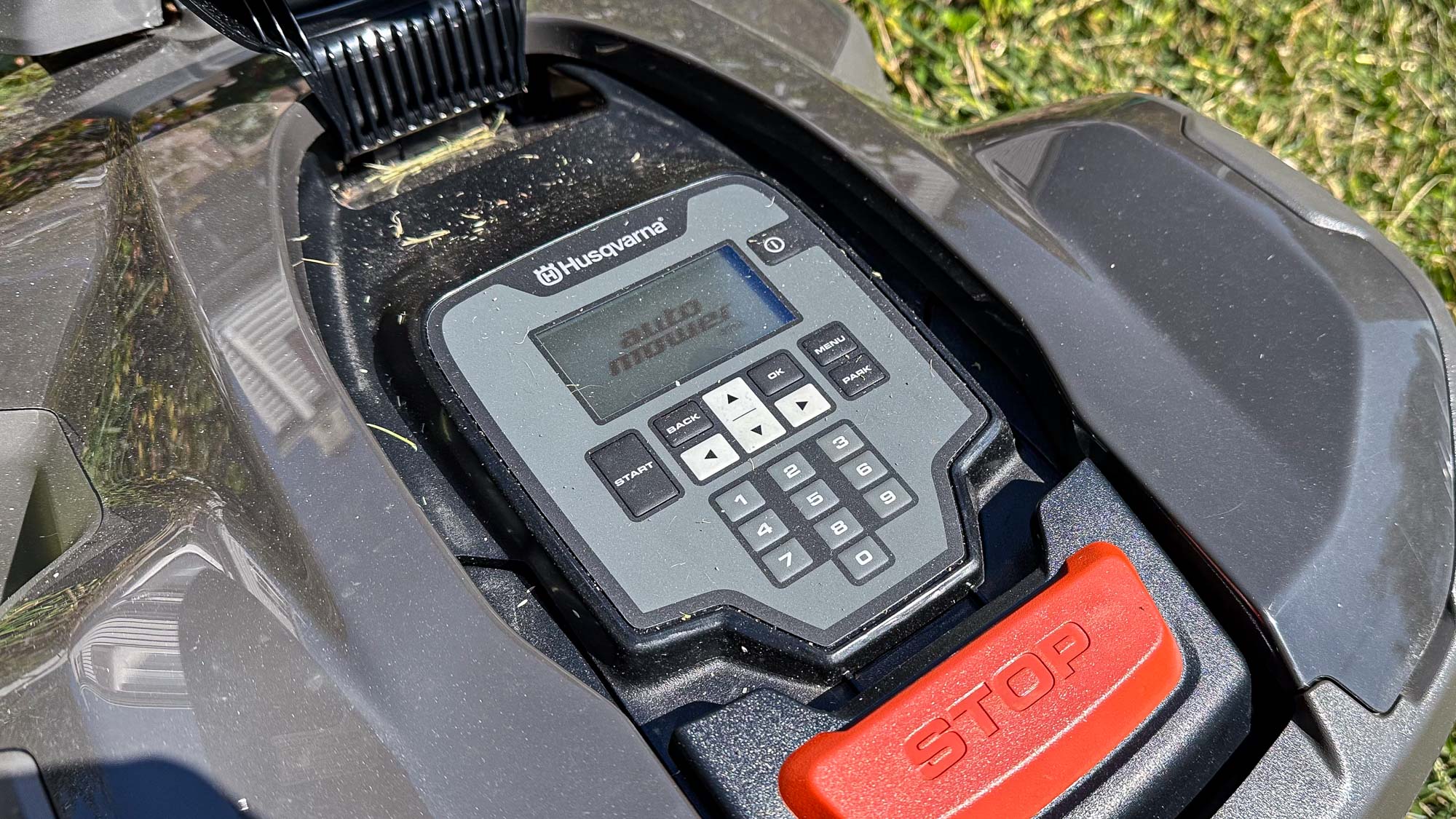
Battery life and charging
Compare the battery life of your potential robot lawnmower to the size of your lawn. While this will vary based on size and power source you can run manufacturer-estimated run times against each other. Longer battery life is essential for covering larger areas without interruptions. Some of the more expensive models will even return to their charging base when the battery is low to recharge and pick up where they left off like the best robot vacuums we've tested. More affordable models will require you to swap out the battery by hand.
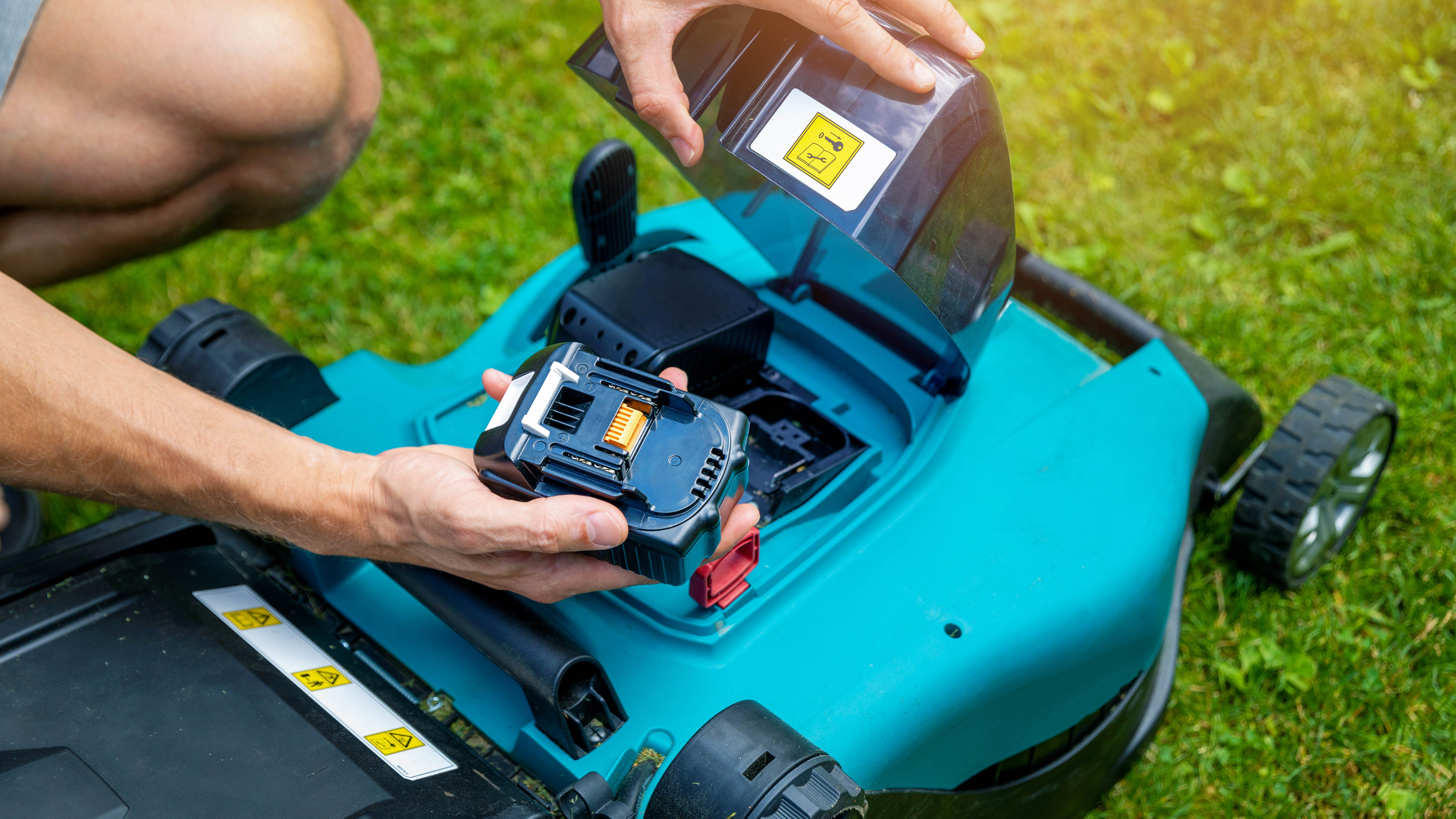
Price
Even though robot lawnmowers are slowly coming down in price, they're still much more expensive than a traditional lawnmower, so you want to make sure that you're spending your money wisely.
First, you'll want to find a model that can adequately cover your yard. Next, you'll want to create a list of must-have features, be it smart home platform integration or extensive battery life. Then compare your top two or three choices for their size, skills, and price to get the most bang for your buck.
Robot lawnmowers start from $599, which gets you a compact model such as the Worx Landroid M20V ($682, Amazon), which can mow up to a quarter acre and even suggest a schedule based on your yard size or conditions.
Mid-range options include models like the Segway Navimow i110N, which comes in at $1,299 at Amazon and adds more power and features like AI-assisted mapping. The premium options come in at well over $3,000 such as the Husqvarna Automower 450XH EPOS ($5,899, Husqvarna) and are often loaded with advanced tech like LiDAR sensors to create virtual boundaries so you don't have to set up a physical perimeter wire.
A robot lawnmower is an investment, but is one that can save you from having to yet another chore every weekend. Hopefully, these tips will help you make the right choice.
More from Tom's Guide

Hunter Fenollol is a Senior Editor for Tom’s Guide. He specializes in smart home gadgets and appliances. Prior to joining the team, Hunter reviewed computers, wearables, and mixed reality gear for publications that include CNN Underscored, Popular Mechanics, and Laptop Magazine. When he’s not testing out the latest cooking gadgets, you can likely find him playing a round of golf or out with friends feeding his paycheck to a QuickHit slot machine. Hunter started his career as an intern at Tom’s Guide back in 2019 while in college. He graduated from Long Island University Post with a degree in Communications and minor in Advertising. He has been vlogging ever since the iPhone 4 took front-facing cameras mainstream.
